
by Fronetics | Jan 3, 2019 | Blog, Content Marketing, Logistics, Marketing, Social Media, Supply Chain
Live video streaming helps businesses promote transparency, good communication, and relatability.
Live video is one the biggest trends in social media marketing right now. According to the 2018 Social Media Marketing Industry Report, 77 percent of marketers plan to increase their use of video this year and 68 percent want to start using live video.
[bctt tweet=”77 percent of marketers plan to increase their use of video this year and 68 percent want to start using live video.” username=”Fronetics”]
It’s really no surprise video has gained such traction. Platforms like YouTube made the transition from watching TV in your home to watching videos on your phone seamless. And live streaming fits in with today’s emphasis on corporate transparency and putting a real, human face to business social media accounts. It allows brands to drop their corporate façade and connect to users in a more human way.
Before you ask, let me say it again: Yes, video can work for the supply chain.
Starbucks and live streaming
You don’t have to take our word for it. Look at the success of Starbucks. Back in 2016 the coffee giant tried their first live feed at an event in Queens, New York, to promote National Voter Registration Day. The live video showcased Starbuck’s involvement in the community and their dedication to social events. It was a huge success. The streaming content allowed viewers who wouldn’t otherwise be able to make the event learn about the cause and its importance.
Still not convinced? Check out this infographic with 4 reasons why the supply chain needs to try live video.
Infographic: 4 reasons the supply chain needs live video
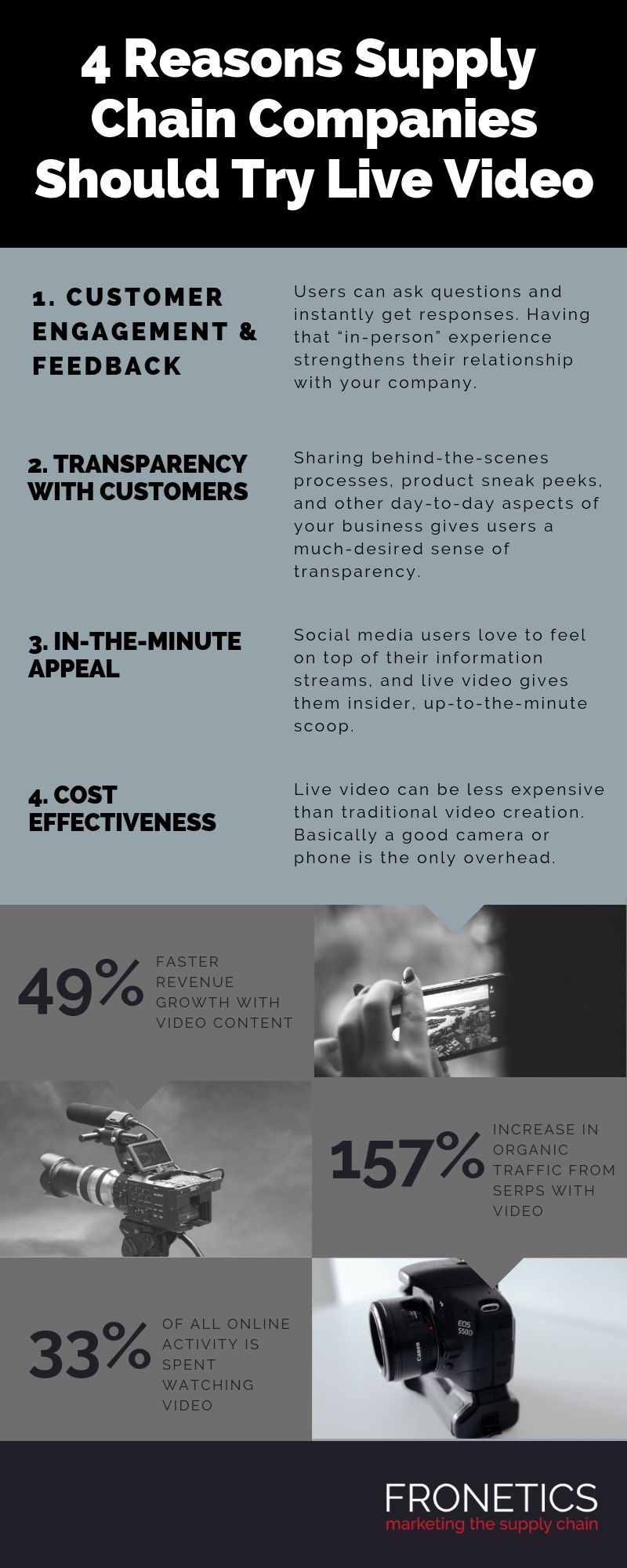
(Made with Canva)
Live streaming platforms
Want to dive into live video, but don’t know where to start? Here’s a few of the most popular platforms.
- Facebook Live: Facebook Live lets you broadcast in real time for up to 90 minutes per session. Users who have recently engaged (or who frequently engage) with your page will receive a notification that you are streaming live, and they can go to your page to view the video. Viewers can comment and react during the course of your broadcast, allowing you to read their remarks and respond immediately.
- Periscope: Twitter-owned and run, Periscope is a standalone platform but integrates seamlessly with Twitter. It has more than 10 million users, more than two million of whom log in daily. The service lets users live stream from their mobile devices and push out those streams on Twitter.
- YouTube Live: YouTube Live enables YouTube to utilize its expansive creator and advertising network to generate even more video to be hosted and monetized. YouTube makes it incredibly easy to aim, shoot and post live video.
Related posts:

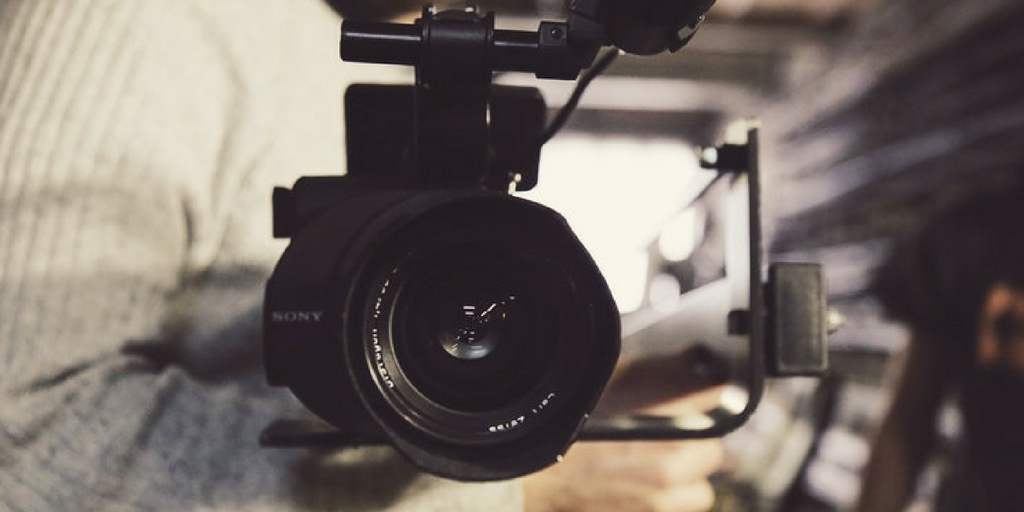
by Fronetics | Sep 4, 2018 | Blog, Content Marketing, Logistics, Marketing, Social Media, Supply Chain
Live video is a powerful tool that can help your supply chain business grow its social media footprint, build brand awareness, and generate leads.
Live video is the super-hot new thing when it comes to generating leads and selling. But the supply chain has, so far, been hesitant to embrace it whole-heartedly as a marketing tool.
I can understand how you might find this new content format too “young” or consumer-facing for B2B sales. But at Fronetics, we think if done right, live video can be really effective.
What is live video?
Maybe you’ve gotten a notification on Facebook to let you know that your nephew is live streaming his piano recital, or a college friend is “live” at a wedding. But, let’s face it: Not many supply chain companies are using live video in their social media marketing. So you may not have thought about it in a professional context.
This “it’ trend in social media has really taken off in the past two years, and marketers are starting to jump on the bandwagon. With today’s emphasis on corporate transparency and putting a real, human face behind business social media accounts, live video is a perfect fit. In fact according to the 2017 Social Media Marketing Industry Report, 61% of marketers plan on using live video services, and 69% are interested in learning more about it.
[bctt tweet=”61% of marketers plan on using live video services, and 69% are interested in learning more about it, according to the 2017 Social Media Marketing Industry Report.” username=”Fronetics”]
These are the 4 live video platforms you should be aware of.
1. Facebook Live
Facebook’s live streaming platform lets you broadcast for up to 90 minutes per session, and notifies your audience that you’re streaming live. It also allows viewers to comment and react during your broadcast, and you can read and respond to their remarks immediately.
2. Periscope
Twitter’s answer to live video, Periscope has more than 10 million users, and lets user live stream from their mobile devices and push those streams directly onto Twitter.
3. Instagram Live
Instagram lets users connect to their followers in real time, through its Stories feature. Like Facebook, Instagram lets viewers add real-time comments that are visible to you and the rest of your audience.
4. YouTube Live
Online streaming video juggernaut YouTube makes it incredibly easy to aim, shoot, and post live video.
How to use live video
Michael Stelzner of Social Media Examiner recently interviewed income strategist and Facebook Live-guru Nicole Walters on the Social Media Marketing Podcast. Walters gave listeners clever tips for using live video to build a following and generate leads. We recommend giving the podcast a listen, but read on for our key takeaways.
Walters advocates for spontaneity in live video but suggests having a format or framework to give you structure and ensure that you’re sticking to your goal of generating leads. Her format is in three parts:
Part One: The Opener
In your introduction, which should be about 30-45 seconds, Walters suggests starting with your name, website, and a brief sentence to give your audience an overview of who your business is and what your video is about. Next, be sure to welcome your audience, perhaps with a special shout-out to new viewers, as well as regulars. Walters also encourages viewers to share her video and to interact with her as she broadcasts.
Part Two: Instructional Content
This is the meat of your video and typically lasts up to 30 minutes. Start by introducing the topic you’re presenting on and why it’s important. Walters also suggests encouraging viewers to take notes, with the rationale that notetaking leads to engaged viewers. If you’re launching a product or service (a great use of live video), you’ll want to cover the need you’re answering with your launch and how your product or service will solve it.
Walters points out that while she prepares extensively for her broadcasts, she avoids reading directly from a piece of paper, as it could easily get impersonal and boring. Instead, she gives herself a cheat-sheet of bullet points to keep her on track.
Part Three: Call-to-Action
This is the final stage of your live video, in which you send your viewers to a page where they can either pay or submit information to receive additional, high-value content (like e-books, webinars, etc.). Walters might say, “If you love this and want to dive in and get the details you need, then head over to NicoleWalters.tv. If you click the center of the page, you’ll find the product… I’ll be right here if you have questions. But come back and tell me you grabbed it.”
Live video offers all kinds of potential value for supply chain marketing. From customer engagement and feedback to transparency and brand awareness, this is a tool for the future of supply chain marketing.
Related posts:

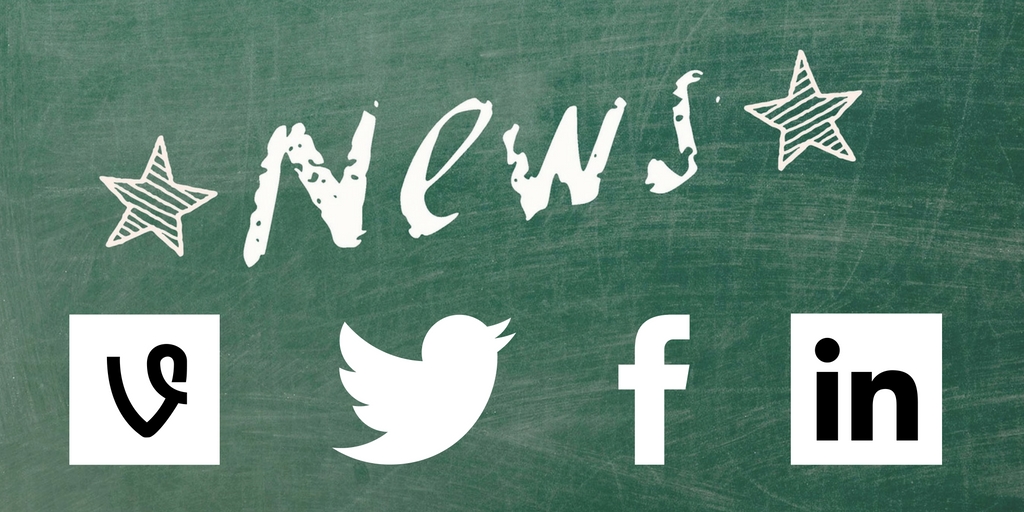
by Fronetics | Nov 2, 2016 | Blog, Marketing, Social Media, Supply Chain
Twitter will shut down its 6-second video platform; Facebook launches Recommendations feature; and more social media updates.
Twitter folds Vine
Twitter announced its plans to fold its video platform, Vine, in a Medium post on Thursday, October 27. The mobile app and website will not close immediately so that users can still access and download their Vines before they become unavailable.
The announcement follows news that Twitter would cut 9% of its workforce as it struggles to become profitable. Meanwhile, video platforms, like YouTube and Snapchat, and video capabilities on other social networks, like Instagram and Facebook, continue to soar in popularity. Read more
Facebook launches Recommendations feature and CTA buttons for local businesses
Facebook’s new Recommendations feature allows users to gather, map, and organize local business recommendations from their friends. You can pose a question, such as, “Where is the best place to buy paint?” and Facebook will auto-add extra information, like addresses and reviews, based on your friends’ responses.
Additionally, businesses can implement new call-to-action buttons to drive users to book an appointment, purchase tickets to an event, and more without ever leaving your business’ Facebook page. Read more
Facebook Live launches broadcasting tool for verified pages
Facebook Live’s new tool allows the administrators of verified pages schedule a live broadcast up to a week in advance, so that companies “can build anticipation and buzz” with their audiences. A page’s fans can wait in a virtual lobby as soon as three minutes prior to the launch of the broadcast.
As soon as a page schedules a broadcast, fans receive a notification in their newsfeeds and an option to schedule a reminder. Pages will receive a link to share or embed in websites, social media posts, and blogs. Read more
Simply Measured releases annual State of Social Marketing report
Social analytics company Simply Measured recently released its annual report regarding social media use by some of the biggest brands around the globe. The 2016 State of Social Marketing Report uncovered trends about a wide range of topics, but among the most interesting was the disconnect between how marketers are measuring social media success and what their leadership is asking for. Read more
More social media news and features to watch
Related posts:
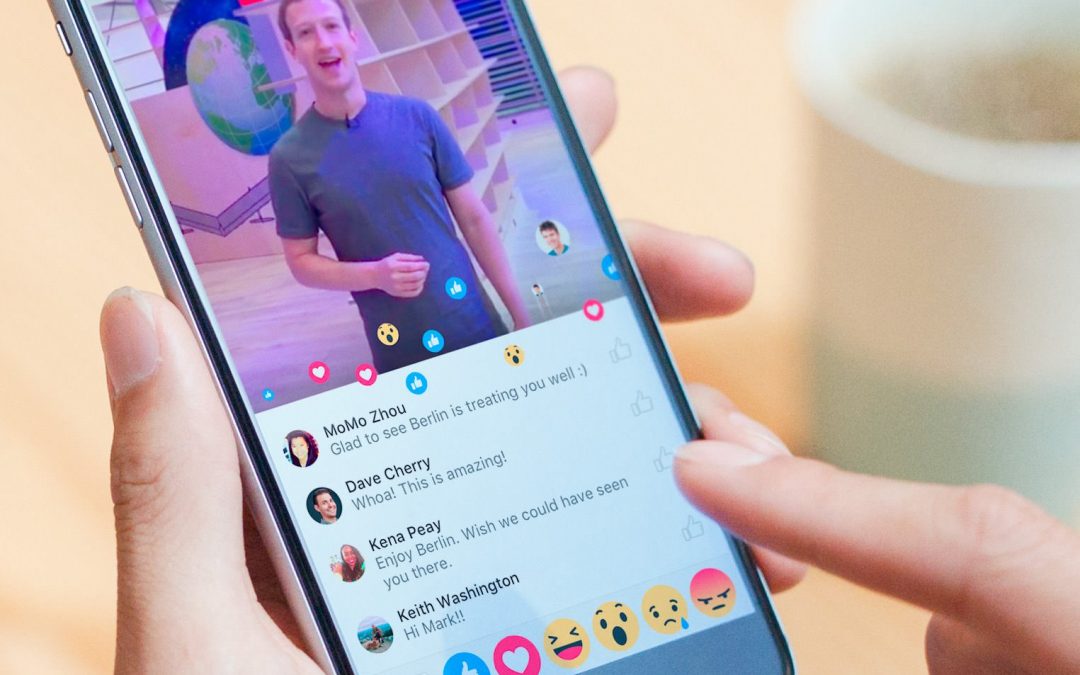
by Fronetics | May 12, 2016 | Blog, Content Marketing, Marketing, Social Media, Strategy
Facebook Live offers businesses a new, creative platform for engaging customers — here’s how to use it.
You may have noticed a sudden flurry of notifications on your Facebook account, alerting you to a new feature called Facebook Live. Facebook has slowly been rolling out Live since August 2015, making it available to all pages and profiles in December. And while it may be reminiscent of platforms like Snapchat and Periscope, which are popular social tools among America’s youngest users, this feature offers invaluable opportunities for businesses to reach customers in new and exciting ways.
Here is what B2B marketers need to know about Facebook Live.
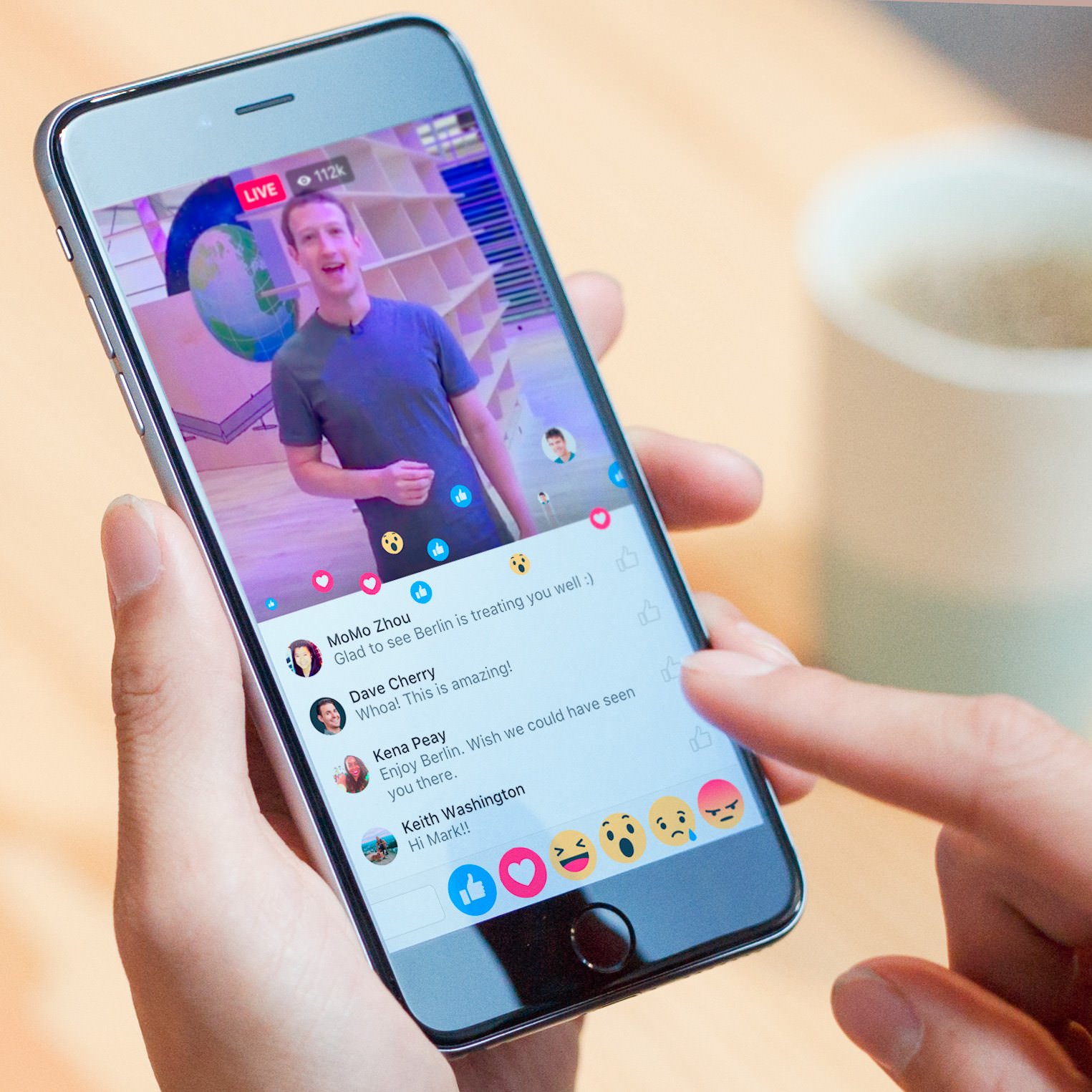 What is Facebook Live?
What is Facebook Live?
Facebook Live lets you broadcast in real time for up to 90 minutes at a time. People who have recently engaged (or who frequently engage) with your page will receive a notification that you are streaming live, and they can go to your page to view the video. Viewers can comment and react during the course of your broadcast, allowing you to read their remarks and respond immediately.
After the broadcast ends, the video will post on your timeline so those who missed it can watch it in full at a later time. You can edit or remove it, just like any other post, at any time.
Why is this good for business?
Video content is wildly popular. The number of videos uploaded to Facebook has increased by 94% over the last year, with more than 50% of Americans who use Facebook daily viewing at least one video per day. B2B businesses have caught on to this trend and have leveraged video quite successfully in their marketing efforts in the last year or two.
Facebook is an excellent forum for businesses to engage with customers, and Live can enhance this experience — or, at least, provide another avenue for doing so. There is something about being on air and uncensored that promotes transparency and offers the opportunity to connect with people in a very real way. Your business can showcase its brand personality, as well as its products and services, and offer high-value content to a wide audience through this channel.
Additionally, Live gets higher organic reach than non-live video, giving you a prominent spot in your followers’ feeds (without having to pay for it).
How does it work?
- Tap “What’s on your mind” at the top of your News Feed.
- Select “Live Video” from the drop-down menu.
- Add a description and choose your audience before hitting “Go Live.” You’ll see a three-second countdown before your broadcast begins.
Facebook offers these tips and best practices for using Live.
Note: Live is only available for iOS, Android, and Facebook Mentions.
Cool features
- Target a very specific audience by choosing location, language, gender or age.
- Choose where you broadcast live (other than your timeline) by posting to event pages and Facebook groups.
- A very prominent “Follow” button at the bottom of your broadcast allows your viewers to opt in to receive notifications when you go live in the future. Viewers can also invite friends to watch live videos with them.
- Edit your video after it posts to your timeline. You can select a thumbnail, select a category, include a URL, and add a call to action (such as Shop Now, Learn More, or Sign Up).
- Filters allow you to adjust the quality and color of your video, and soon a drawing tool will allow you to doodle over it.
- During your broadcast, you’ll see the number of live viewers, which friends are tuning in, and their comments in real time.
- Increase your reach by boosting the post after you’ve concluded your broadcast, or by creating a video ad from your broadcast by using the Ads Manager.
- The Live Map shows you where people are broadcasting around the world.
What kinds of content could B2B companies stream live?
Businesses have an incredible opportunity to engage with customers and partners with Facebook Live. Here are some ideas for the kinds of content your company could broadcast using this tool.
1) Behind-the-scenes glances
Show your audience your eco-friendly facilities, your impressive tradeshow set-up, your whiteboard after a strategic planning meeting, the inside of a fully packed delivery truck, a community service event, etc. There are a million creative ways to say something substantial about your business by offering a small glimpse into your day-to-day operations.
2) Q&As and Interviews
Live is an ideal platform for a Q&A-style broadcast. Invite customers to bring their questions or requests to a Live stream with one of your executives. Or, have a top-of-their-field expert offer insight on a particular topic or event.
3) Customer testimonials
Do you have any particularly happy customers who would be willing to speak about their experience working with your business? Or could someone on your team interview them? Not only is this great advertising for your company, it offers exposure for theirs as well.
4) How-tos, product demos, and sneak peeks
Build excitement for a product launch with previews, or demonstrate how to best use your product or service. Share your knowledge on best practices, tutorials, and processes related to your business.
5) Presentations, annual reports, celebrations, special events
Facebook Live offers a fresh way to present information or to share a special occasion with your online audience. Imagine announcing quarterly results this way, or honoring milestone employee anniversaries. This platform gives you a new format for marking such moments.
How does your company use Facebook Live?
Related posts:









 What is Facebook Live?
What is Facebook Live?